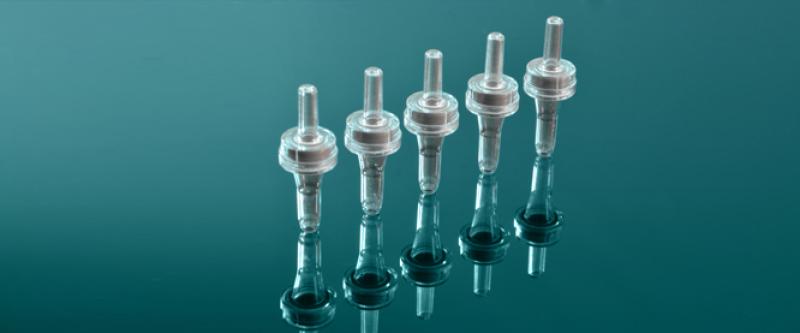An injection port, also known as a vascular access port or a port-a-cath, is a specialized medical device used for intravenous (IV) access in patients requiring frequent or long-term administration of medications, chemotherapy, or other therapies. This small, implantable device plays a vital role in facilitating safer and more comfortable treatment for patients, particularly those with chronic conditions or undergoing prolonged therapies. This article explores the significance of injection ports, their various applications, insertion and care procedures, and the benefits they offer to patients and healthcare providers.
Understanding the Injection Port
An injection port is a small, self-sealing device implanted under the skin, typically in the chest or upper arm. It consists of a silicone or plastic reservoir, a self-sealing septum, and a catheter that is threaded into a major blood vessel, usually the subclavian or jugular vein. The self-sealing septum allows healthcare providers to access the port with a special needle for the infusion or withdrawal of medications and fluids.
Applications of Injection Ports
Injection ports are utilized in various medical scenarios, including:
1. Chemotherapy and Cancer Treatment
Patients undergoing chemotherapy or other long-term cancer treatments often require frequent IV infusions. Injection ports provide a safe and efficient means for administering these therapies, reducing the need for repeated needle sticks and preserving peripheral veins.
2. Long-term Antibiotic Therapy
Patients with chronic infections or conditions requiring extended courses of intravenous antibiotics can benefit from injection ports, as they allow for easy and reliable access to the bloodstream.
3. Parenteral Nutrition
For patients who cannot consume food orally or have difficulty absorbing nutrients through the gastrointestinal tract, parenteral nutrition (PN) is administered intravenously. Injection ports serve as a convenient access point for delivering PN solutions.
4. Pain Management
For patients requiring long-term pain management through intravenous or subcutaneous medications, injection ports offer a reliable and comfortable option for medication administration.
5. Frequent Blood Sampling
In cases where patients require frequent blood sampling for laboratory tests, an injection port can minimize the discomfort associated with repeated needle sticks.
Insertion and Care of Injection Ports
1. Insertion Procedure
Inserting an injection port is typically performed under local anesthesia in a surgical setting. The procedure involves making a small incision in the skin, creating a pocket for the port placement, and threading the catheter into the desired blood vessel. The port is then secured in the pocket, and the incision is closed. Once implanted, the injection port can remain in place for several months to years, depending on the patient's needs.
2. Care and Maintenance
Proper care and maintenance are essential to ensure the longevity and functionality of the injection port. Patients and healthcare providers should:
Keep the Site Clean: Patients are advised to keep the port site clean and dry to prevent infection.
Monitor for Signs of Infection: Any signs of redness, swelling, or discharge at the port site should be promptly reported to healthcare providers.
Follow Flushing Protocols: Injection ports require regular flushing with saline or heparin to prevent clot formation and maintain patency.
Proper Needle Insertion: Healthcare providers must use aseptic techniques when accessing the port with a special needle for infusions or blood sampling.
Schedule Regular Check-ups: Regular follow-up appointments with healthcare providers are essential to assess the port's function and overall patient health.
Benefits of Injection Ports
1. Convenience and Comfort
Injection ports offer patients a more comfortable treatment experience by eliminating the need for frequent needle sticks. Patients often find them less painful and intrusive compared to traditional IV access methods.
2. Improved Medication Delivery
With injection ports, healthcare providers can administer medications more accurately and precisely, reducing the risk of medication errors and improving treatment efficacy.
3. Preserving Peripheral Veins
Intravenous medications can be harsh on peripheral veins, causing them to become damaged or sclerosed over time. Injection ports preserve peripheral veins by minimizing their use for repetitive infusions.
4. Reducing Hospital Visits
For patients requiring long-term treatments, injection ports can significantly reduce the number of hospital visits and associated healthcare costs.
The injection port is a valuable medical device that enhances the delivery of intravenous medications and therapies for patients with chronic conditions or undergoing prolonged treatments. By offering a safe, reliable, and convenient access point for IV infusions and blood sampling, injection ports improve patient comfort and treatment adherence. The versatility and applications of injection ports extend across various medical specialties, including oncology, infectious diseases, and pain management. With proper care and maintenance, injection ports serve as a critical component in improving patient outcomes, preserving peripheral veins, and enhancing the overall quality of care for patients requiring long-term IV therapies.
